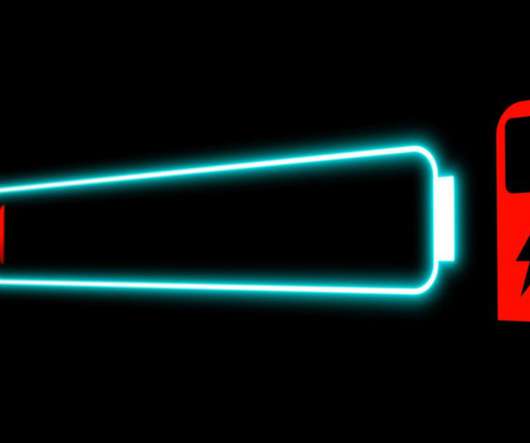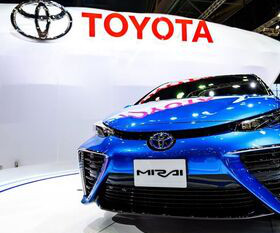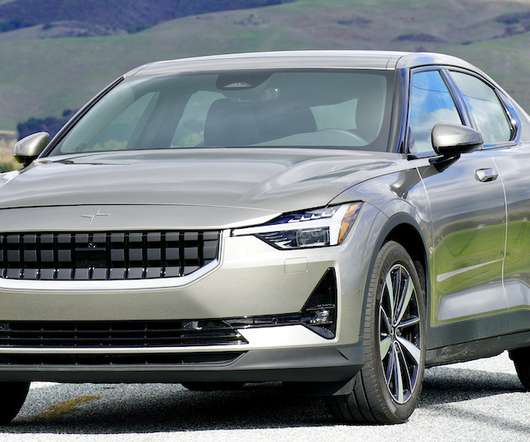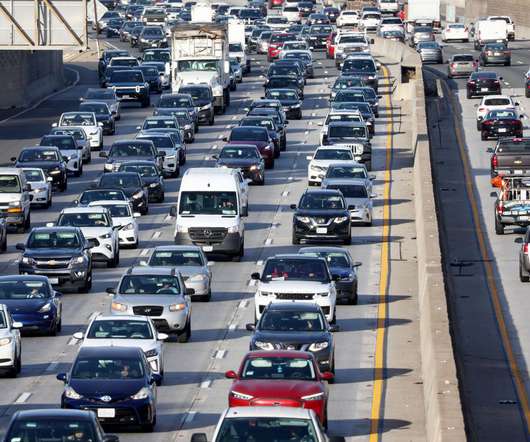DKRW Advanced Fuels secures EPC contract with Sinopec Engineering for Medicine Bow coal-to-liquids project in Wyoming
Green Car Congress
SEPTEMBER 5, 2012
Using bituminous coal from southern Wyoming, the Medicine Bow facility will produce 11,600 barrels per day of very low sulfur gasoline using GE gasification technology and methanol?to?gasoline gasoline (MTG) technologies. ton Carbon Basin coal reserve owned by Arch Coal, which is also an equity investor in the project.































Let's personalize your content